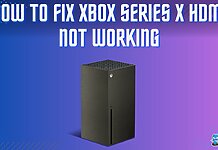As technology advances, the need to upgrade components within our computers becomes inevitable. One such crucial component is the graphics processing unit (GPU), often requiring replacement to keep up with evolving standards. Knowing how to remove a GPU from the motherboard is a fundamental skill. Removing a GPU from your motherboard can be a simple process, However, precautions should always be considered to ensure safety.
- GPUs need to be removed when they are ill-functioning, or they need to be upgraded.
- Integrated graphics cards can not be removed, while dedicated graphics cards can be removed.
- If done properly, removing the GPU from the motherboard is not too difficult or risky.
Method Difficulty Rating
Quick To Do’s
Rated: 5/10
Remove GPU
Rated: 7/10
Quick To Do’s To Follow
As per my own experience, I would suggest you consider applying the following methods first before you move on to more technical fixes.
- Power down and unplug your computer: First power down the CPU and unplug the computer from the socket. This is crucial to prevent electrical shock and damage to your components.
- Ground yourself: Touch a metal part of your computer case to discharge any static electricity that could harm your GPU.
- Gather your tools: Find the required tools to get started. You’ll need a Phillips screwdriver and possibly a flashlight.
Remove Your GPU
Now comes the time, when you should remove your GPU. Follow these steps to simplify the process:
It seems tricky to do it without someone who knows it professionally. But believe us, it is pretty easy, and we are saying this from experience. If you’re a heavy graphics user, you must closely monitor your graphics processing unit (GPU). Over time, as you use more demanding applications and games, your GPU will show its age. The following points are the signs that your GPU needs an upgrade: Hence, if you come across any of these signs, understand it is time to shop for a new GPU. Don’t wait too long, though, as an outdated GPU can affect your gaming and work performance. It is important to remember that GPUs come in two forms: integrated and dedicated. Integrated GPUs are a part of the CPU and can not be removed in any way. On the other hand, dedicated GPUs are a separate component, and you can remove and replace them. Dedicated GPUs come in different shapes and sizes. They are more powerful than integrated GPUs and are attached directly to the motherboard. Safely removing a GPU involves following precautionary steps and understanding the process. The guide emphasizes powering down, grounding, and using appropriate tools. Recognizing signs for GPU replacement and distinguishing between dedicated and integrated GPUs. Overall, with due care, removing a GPU is manageable, ensuring the longevity and performance of your PC. Removing GPU is a simple procedure, yet tech enthusiasts hesitate to remove it as it is a very crucial component in the computer systems. One example is given below: I don’t think there will ever be a time when I am not nervous removing my gpu. — McFuller (@McPhuller) April 28, 2020 One should be careful to remove it when it comes to solving and troubleshooting the problem on their own without any help. That’s for sure! If you decide to purchase a more potent one in the future or, God forbid, if your current one malfunctions, you’ll need to remove it. It is just a component of your PC. You can remove and insert a good thing if your PC can work with or without it. All GPUs are removable, but only dedicated ones. Integrated graphics cards can not be removed or replaced. Check if your Wires are okay or cut out. These two things can be verified by opening the case. Conversely, your GPU may have become damaged. You’ll have to take it out and get a new one. Your GPU is orthogonal to your motherboard, so be cautious not to lose its angle if you detach it. If you lean it in a different direction, you risk injuring it. Related Articles: Thank you! Please share your positive feedback. 🔋 How could we improve this post? Please Help us. 😔
How To Tell If A GPU Needs To Be Changed
Dedicated Vs Integrated GPU
Final Thoughts
FAQs


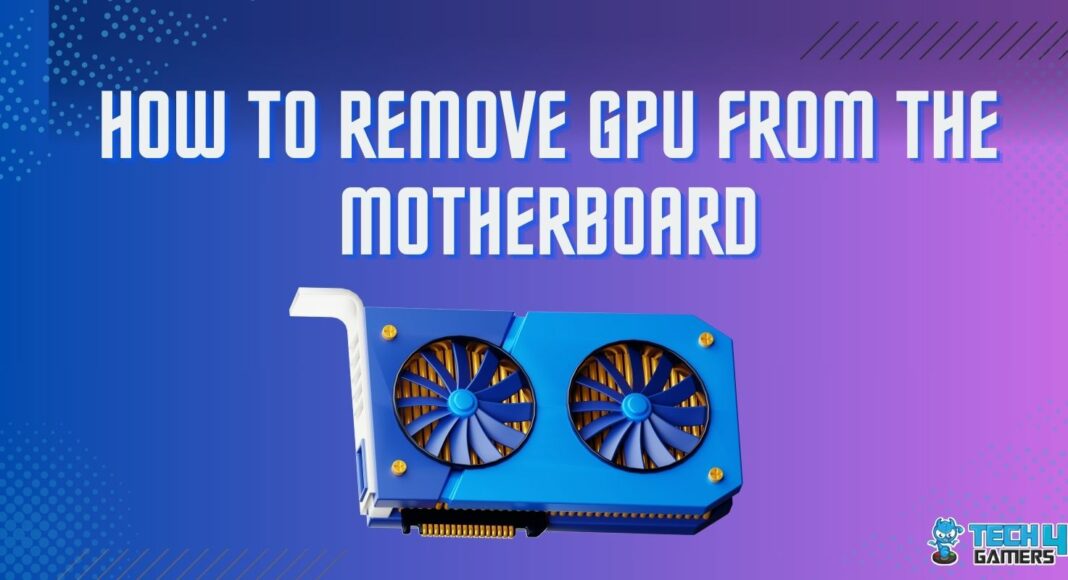
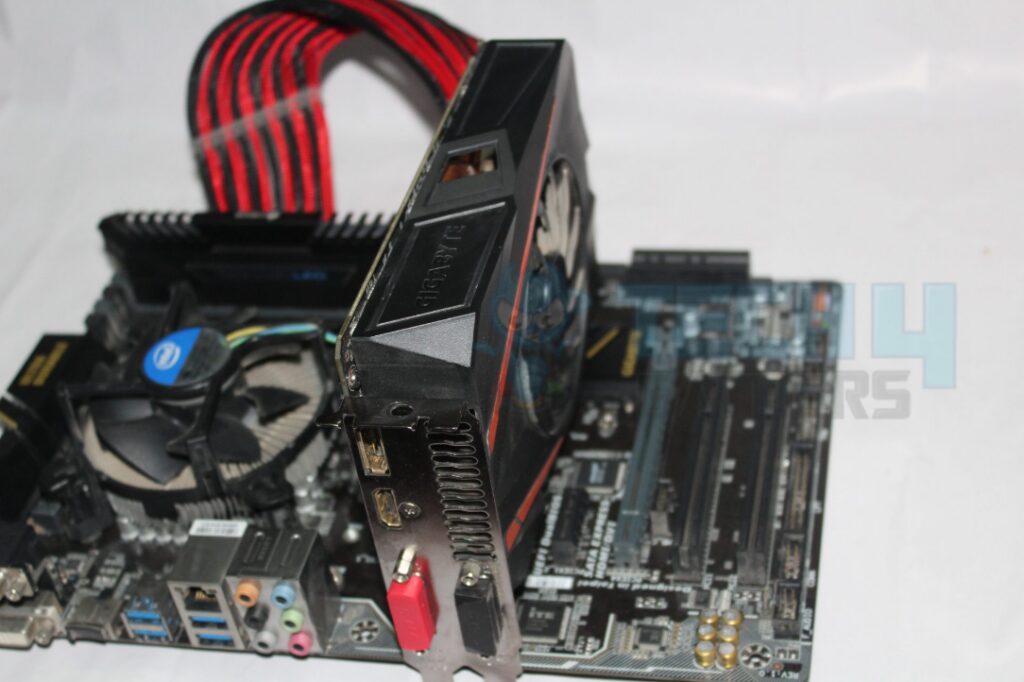

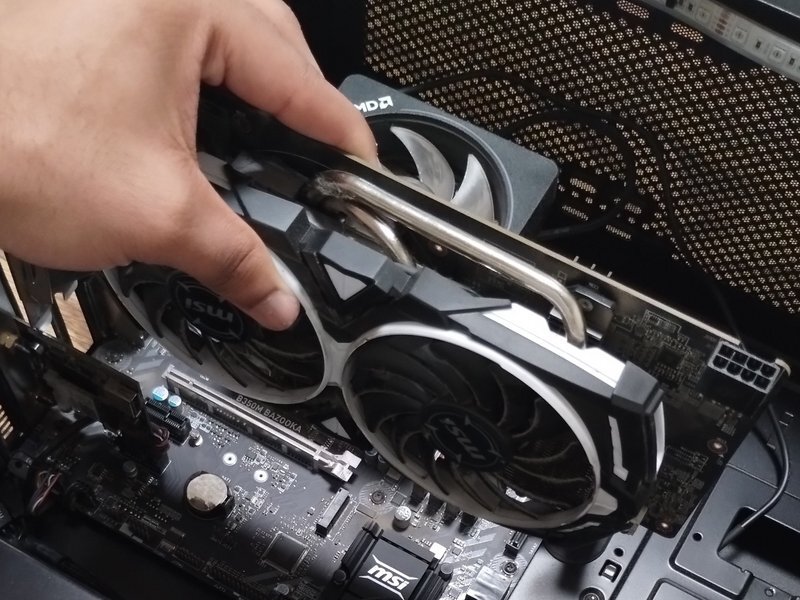
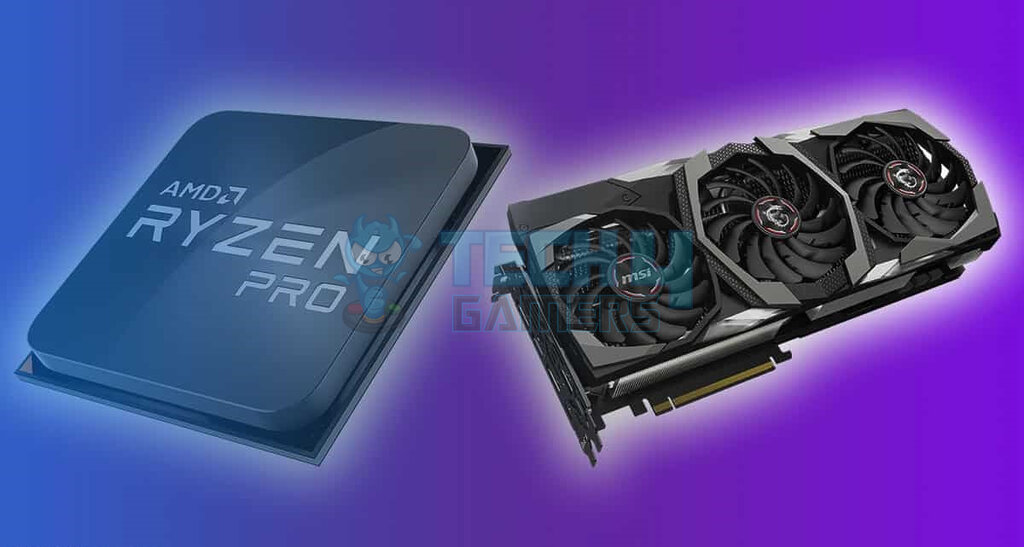

![How To Change Color On Redragon Keyboard [Step By Step]](https://tech4gamers.com/wp-content/uploads/2023/03/How-TO-27-218x150.jpg)
![PS5 Disc Drive Not Working [FIXED]](https://tech4gamers.com/wp-content/uploads/2023/05/How-TO-34-1-218x150.jpg)
